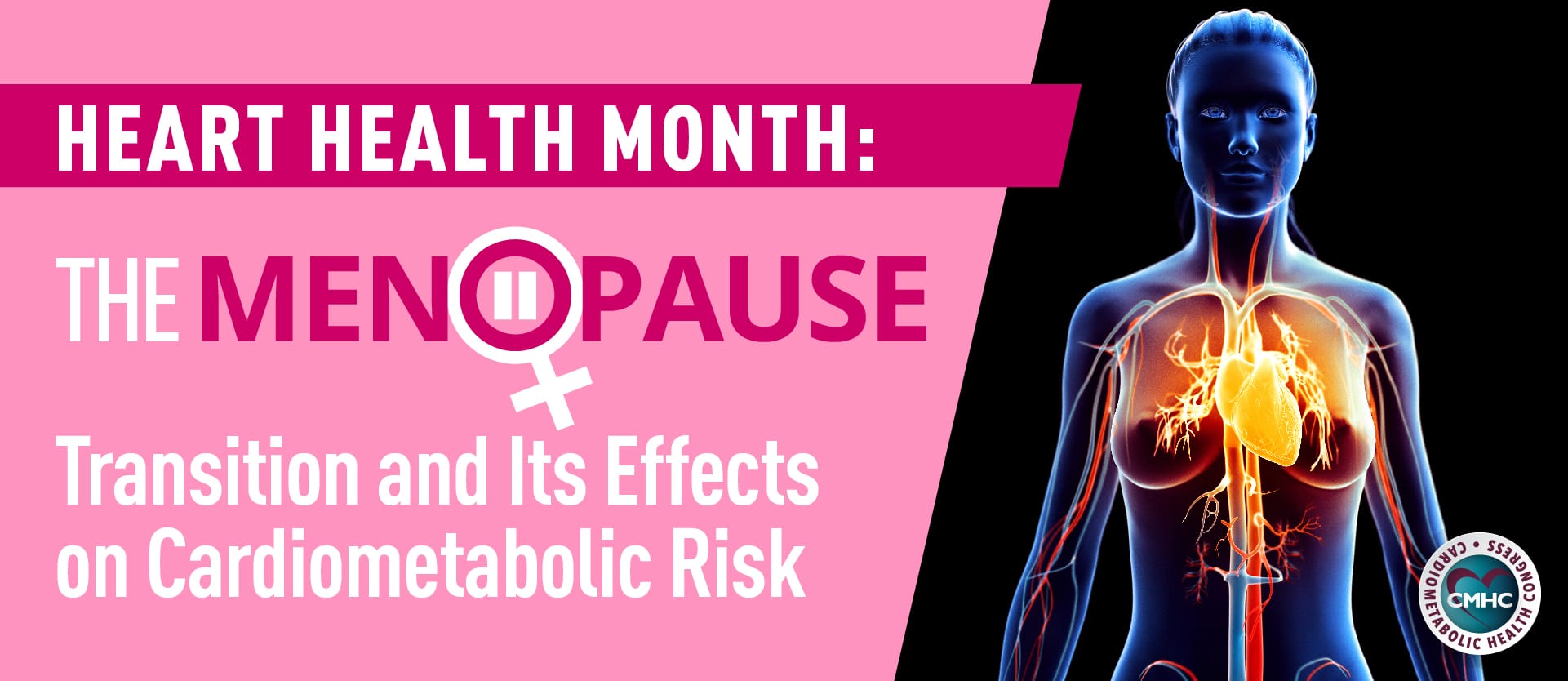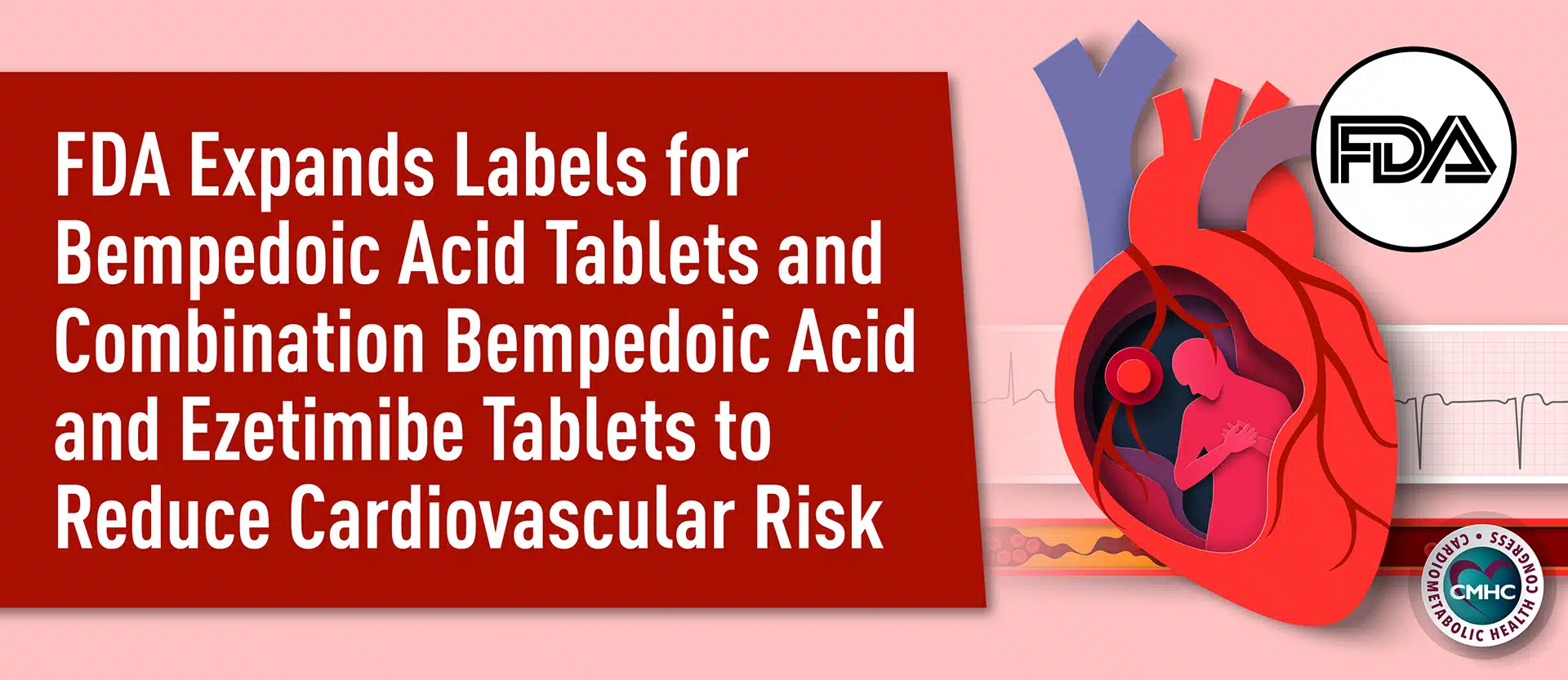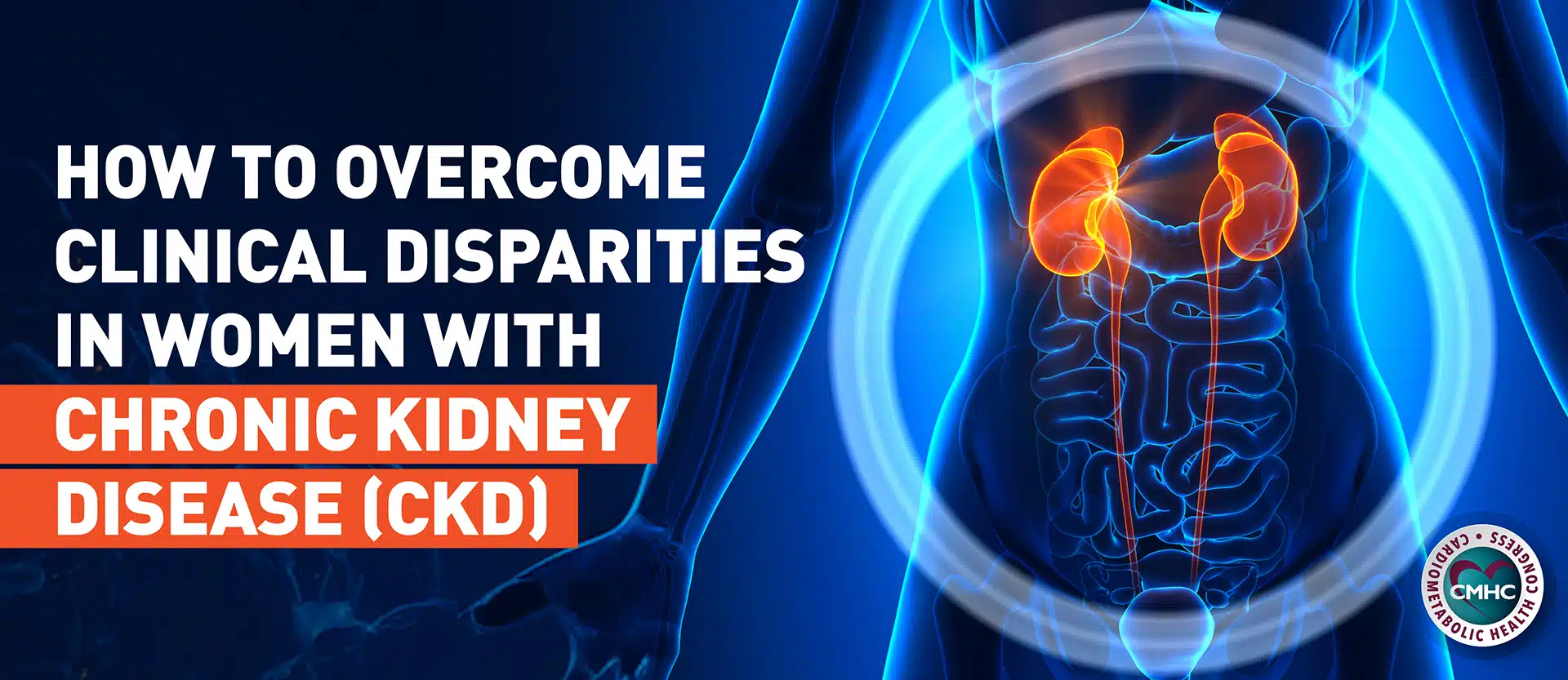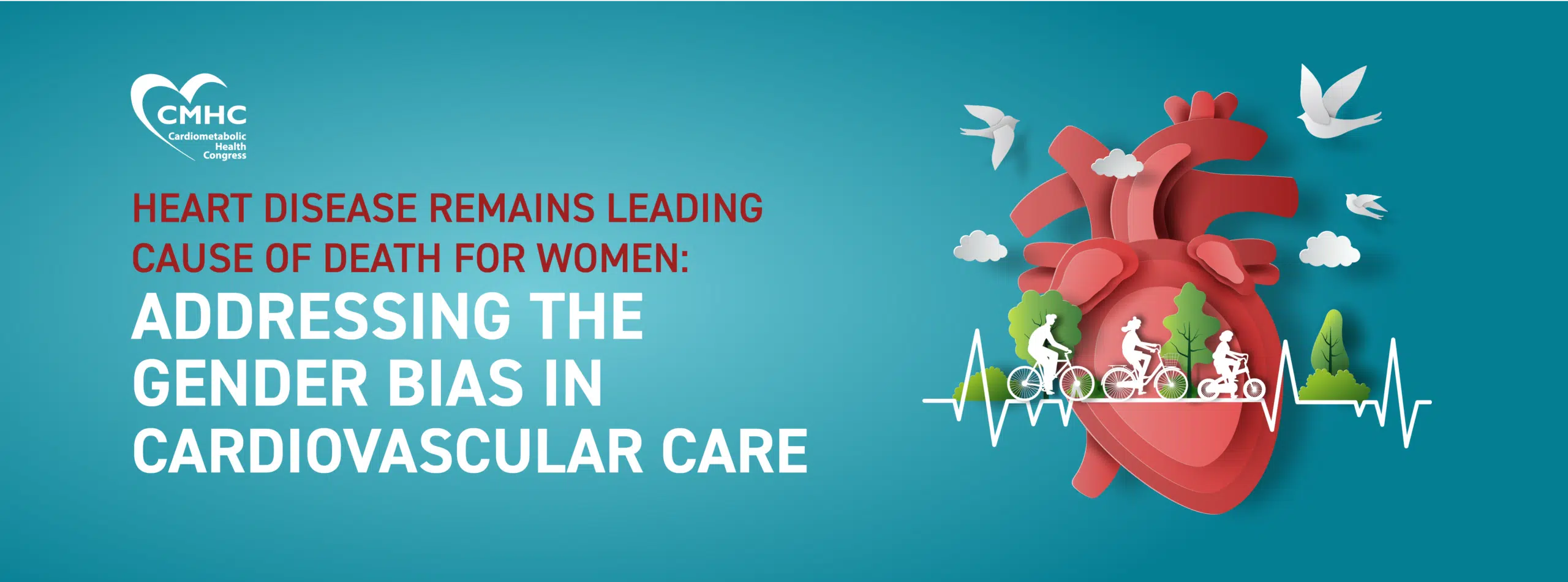Cardiovascular disease (CVD) continues to be the leading cause of death among women who experience a notable increase in disease risk after menopause. Female patients tend to develop coronary heart disease several years later than men leading experts to believe that the menopause transition (MT) contributes to an increase in cardiometabolic risk. However, only 56% of women are aware of this association, according to data from a 2012 survey by the American Heart Association (AHA) and that from a 2017 Women’s Heart Alliance study.
In the clinical setting, physicians often apply the same guidelines to patients regardless of their sex although, overwhelming evidence underscores the existence of significant sex differences in the pathophysiology of cardiovascular disease. While the number of clinical trials that include women as participant subjects has grown, a comprehensive gender-specific analysis of both the efficacy and adverse effects of pharmacological and non-pharmacological interventions is lacking.
As of today, sex differences in CVD diagnosis, treatment, and management have been barely addressed in clinical guidelines. This is particularly evident in the lack of guidelines for patients undergoing the menopause transition – a process which greatly affects cardiovascular health and outcomes. To better inform clinical decision-making, the American Heart Association (AHA) recently issued a comprehensive scientific statement that provides up-to-date information and guidance for navigating the menopause transition and associated changes in CVD risk.
Menopause Transition and CVD Risk
The last AHA guidelines for CVD prevention in women were published in 2011 and did not incorporate the menopause transition as a risk factor. Meanwhile, longitudinal studies conducted over the past decades have contributed to a robust expansion of current knowledge regarding the relationship between MT and CVD risk. Both chronological and ovarian aging as related to CVD risk have been under investigation with results documenting distinct patterns of sex hormone changes, adverse alteration in body composition, lipids and lipoproteins, as well as measures of vascular health occurring throughout the menopausal transition that increase a woman’s risk of developing CVD post-menopause.
These findings highlight the significant impact of MT as a time of accelerated CVD risk and emphasize the importance of monitoring female patient health during midlife. They underscore this period as a critical window for implementing early intervention strategies aimed at reducing overall cardiovascular disease risk.
Heightened Health Risks
The physiological changes that occur during menopause – increased abdominal and visceral fat in particular – are associated with an elevated risk of all-cause, cardiovascular disease and cancer mortality, even among patients with normal body mass index levels, the AHA reports. Cholesterol levels, metabolic syndrome risk, and vascular vulnerability all increase with menopause alongside the effects of normal biological aging.
Metabolic syndrome and its associated comorbidities – such as CVD, obesity, and type 2 diabetes – are increasingly common among women of reproductive age and beyond. Additional risk factors, including pregnancy-related outcomes, gestational diabetes mellitus, polycystic ovary syndrome, and hormonal replacement therapy, carry further implications impeding optimal cardiometabolic health in female patients as they age.
Prevention and Early Detection
Evidence of the success of early interventions during the menopause transition on lowering cardiovascular risk factors has been demonstrated in clinical trials; lifestyle interventions were able to prevent a rise in low density lipoprotein cholesterol, weight gain from pre- to peri- to post-menopause, and increases in triglyceride levels, blood pressure, blood glucose, and insulin. These are just some of the examples of how the early detection of menopause can offer a unique opportunity to incorporate lifestyle modifications aimed at preventing or delaying CVD risk factors.
Association of Hormone Therapy
For many female patients, the menopause transition begins in their late 40s to mid-50s; before this, they produce estrogen which is known to have cardio-protective benefits. However, when women go through the natural menopause transition or surgical menopause, their ovaries reduce the production of estrogen. The subsequent increase in cardiovascular disease risk during menopause is associated with decreased estrogen production causing healthcare experts to turn to hormone therapies as a potential solution.
“There is research indicating potential cardiovascular benefits of certain combinations of hormone therapy when initiated in early but not late menopause,” the AHA stated. “Further research is needed to evaluate the role of other hormone therapies, and how long these interventions impact cardio-metabolic health.”
Some studies have reported benefits of hormone therapy – such as a decreased risk of type 2 diabetes and protection from bone loss – that can outweigh the risks associated for most women in early menopause. Current recommendations from professional medical organizations encourage the use of hormone therapy for women in the early stages of MT within appropriate indications. Furthermore, healthcare professionals can also consider employing an aggressive, prevention-based strategy in women during the MT to decrease the probability of future CVD.
Adding to the burgeoning body of evidence concerning MT and CVD, the purpose of the latest statement is to raise awareness of the adverse cardiometabolic health changes that occur during this critical period. Since these effects are well-established, the knowledge needs to be specifically addressed to improve the wellbeing and health outcomes of this demographic. Experts stress the urgent need for a more effective approach to women’s health management and to fill existing medical gaps.
Taking place on February 26, 2021, the CMHC Masterclass The Nexus of Women’s Health and Cardiometabolic Risk: Implications Across the Lifespan will delve deeper into invaluable clinical pearls to address the unique challenges of managing female health. This online learning event will connect attendees with leading experts in the cardiometabolic field to uncover the latest specialty advancements and most valuable clinical tools necessary to navigate the complex implications of age and biological changes on cardiometabolic health.


















